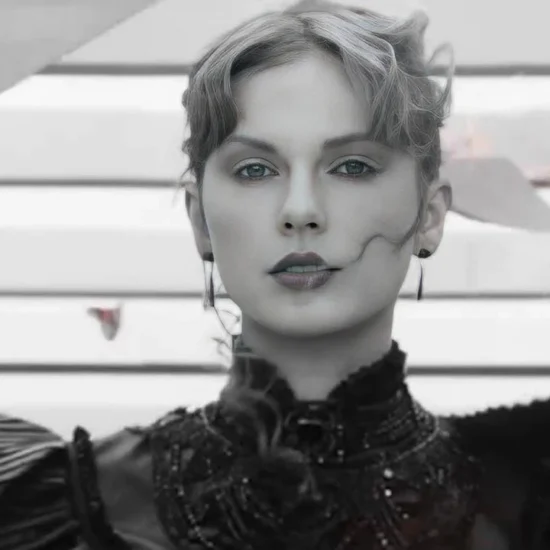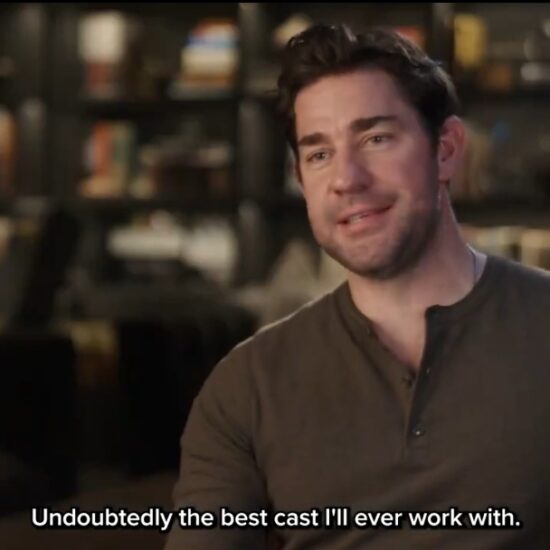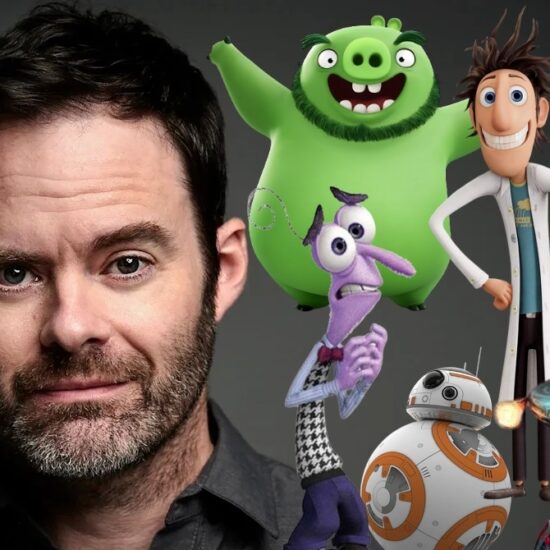
Two generations of children — and their parents — are familiar with the colossal purple dinosaur that frolicked across their television screens each week. The PBS series “Barney & Friends” amassed 14 seasons between 1992 and 2010 in the course of its lengthy run before coming to a flaming halt.
The reasons for the show’s initial success and accursed demise are outlined in a two-part docuseries from director Tommy Avallone, titled “I Love You, You Hate Me,” which is available for streaming on Peacock on Oct. 12.
With parallels to Sundance award-winner “Feels Good Man,” the 2020 indie documentary about Pepe the Frog that explores how a meme can be transformed from a comedic icon into a hate symbol, “I Love You, You Hate Me” delves into the lesser-known evils of the Barney bashing movement, when teenagers and adults alike began to bastardize the once-beloved character with acts of violence both physically and online.
Other figures from early childhood TV series — including Steve Burns, former host of “Blue’s Clues,” and Bill Nye, former host of “Bill Nye the Science Guy” — infuse the documentary with relevant commentary and a heavy dose of nostalgia.
Here are five shocking things Variety learned while watching “I Love You, You Hate Me,” — which examines how a creature who sings songs about loving one another became a subject of global hostility.
1. The voice of Barney and the actor operating the costume were two different people
For over a decade after its premiere, Bob West worked on the hit children’s show “Barney & Friends” as the voice of Barney, developing the character’s jolly, dynamically ranged quality of speaking.
“They said, ‘We really like your voice a lot, but we’ve already started building this costume,’ so they decided to try to find somebody shorter to do the costume work, and then I would do the voice,” West reveals in the documentary.
The first individual to wear the costume as former mime David Voss, who credited his niche trade with the show’s executives trusting he could both act and operate the heavy suit at the same time. But after two years, Voss announced he had a calling to join the military and swiftly departed from the role.
Voss was succeeded by David Joyner, whose background as a dancer allowed him to bring a new vitality to Barney’s physical mannerisms: He leaped. He twirled. He kicked. And the audiences of his many live, sold-out performances devoured it.
Joyner worked until the early 2000s, at which point the position was filled by a long line of replacement actors. Likewise, West retired from the voice-acting gig around the same time to pursue other professional opportunities, and was succeeded by substitute voice actors.
2. Barney’s personality was initially based off of Bruce Willis in “Moonlighting”
Sultry private detective David Addison is hardly the comparison that comes to mind when attempting to characterize a borderline hyperactive tyrannosaurus rex. In the ABC dramedy series “Moonlighting,” Willis engages in a sexually tense working relationship with model-turned-investigator Maddie Hayes (Cybill Shepherd).
“G-man and g-woman. Only thing missing is the G-spot,” Willis says in Season 3 Episode 3 — a quote that highlights the detective’s often flirtatious humor.
But original “Barney & Friends” head writer Pat Reeder reasons that Willis’ performance evokes a similar lightheartedness to what Barney would seek to achieve among a different demographic.
“Kind of a fun, wise-cracking kind of guy who lit up the room,” Reeder describes in terms of his initial vision for the character’s personality.
“That didn’t really survive the re-writes,” Reeder continues. Reeder’s bold ideas ultimately resulted in his termination from the project, via a letter that said he possesses “a creative spirit that cannot be contained.”
3. Barney inspired a hate-induced parody novel titled “The Jihad to Destroy Barney”
Viewers meet Sean Breen first through his laptop screen, which is occupied with a shrewdly pixelated, first-person shooter game where Barney is the target. He soon reveals himself to be one of a handful of original members in the Jihad to Destroy Barney online group (labeled under the URL alt.barney.dinosaur.die.die.die), which Breen joined as a high school sophomore in 1994.
“Our criticism about Barney was that it was all about conformity and consensus, and that’s absolutely a very ’90s attitude,” Breen says in the documentary.
Breen and other group members manifested their hatred of the purple dinosaur into a fictional roleplaying game and guidebook called “The Jihad to Destroy Barney.” Adapted into comic illustrations, Barney is portrayed as a demonic beast with talons and sharp teeth for a horrific parody of the once-cuddly character.
“The demon lord B’harne, servant of the malevolent alien High Magus of Lyra, has commenced his assault on the human race,” reads the cover description of “The Jihad to Destroy Barney.” “Under the benevolent guise of the children’s television host Barney the Dinosaur, B’harne seeks to destroy the minds of children and adults and bind them to his tyrannical will.”
4. Joyner, who played Barney the longest of any actor, also worked as a tantric sex instructor
Joyner donned the Barney costume from 1991 to 2001, but his study of tantra — a set of Hindu and Buddhist traditions developed in ancient India that blend spirituality and sexuality — started a year prior.
In 2004, Joyner started his own practice, which combined yoga, massage, spiritual healing, and on occasion, orgasms. These $350 sessions were exclusively offered to female clients and lasted between three and four hours, all with the intention of helping women to reconnect with their “spiritual energy through tantric touch,” Joyner’s website advertises.
“When people hear tantra, they think about sex,” Joyner says in the documentary. “Tantra is much more than that. I am a tantric energy healer.”
Joyner’s eccentric lifestyle was exposed with the release of the 2018 VICE article, which contains quotes from Joyner like, “When you go down on a woman (orally), it should be just like you’re saying grace, like blessing the food you’re about to receive.”
5. The son of “Barney” creator Sheryl Leach shot his neighbor as an adult
“Barney & Friends” creator Sheryl Leach left no room for doubt that the show was largely a project in service of her young son Patrick, who was still in grade school at the time of the series premiere. In one particularly heart-warming moment of footage, Sheryl looks to her son fondly as she tousles his hair and says to the camera, “Patrick — the reason we’re all here.”
Sheryl went as far as to parallel Barney to a brother for Patrick, though she conceded that her son has his qualms with the fictional character like in any sibling dynamic. What Sheryl didn’t know at the time was that Patrick was being bullied because of his association with the children’s show.
“Barney was like another entity in the family competing for attention,” Stephen White, head writer of “Barney” from 1992 to 2005, says. “I could imagine that Patrick wouldn’t be crazy about that comparison.”
By 2013, Patrick was living with his then-fiancée and two kids when he saw security camera footage of his 49-year-old neighbor, Eric Shanks, observing his property. That same day, Patrick drove up the driveway of Shanks’ residence where the two engaged in a screaming match that ended with Patrick shooting Shanks in the chest. Shanks was left bleeding out on his driveway as Patrick escaped, but he survived the injury.
Patrick was stopped by police officers on the Pacific Coast Highway, and a car search evidenced the former child muse had a loaded handgun and rifle with him in the vehicle. He was sentenced to 15 years in prison for attempted murder, but was let out after five years.
“I think Patrick had a lot to contend with in life — a lot of challenges,” White says. “Some were medical issues; he had had some brain surgery. I knew Patrick was troubled.”













